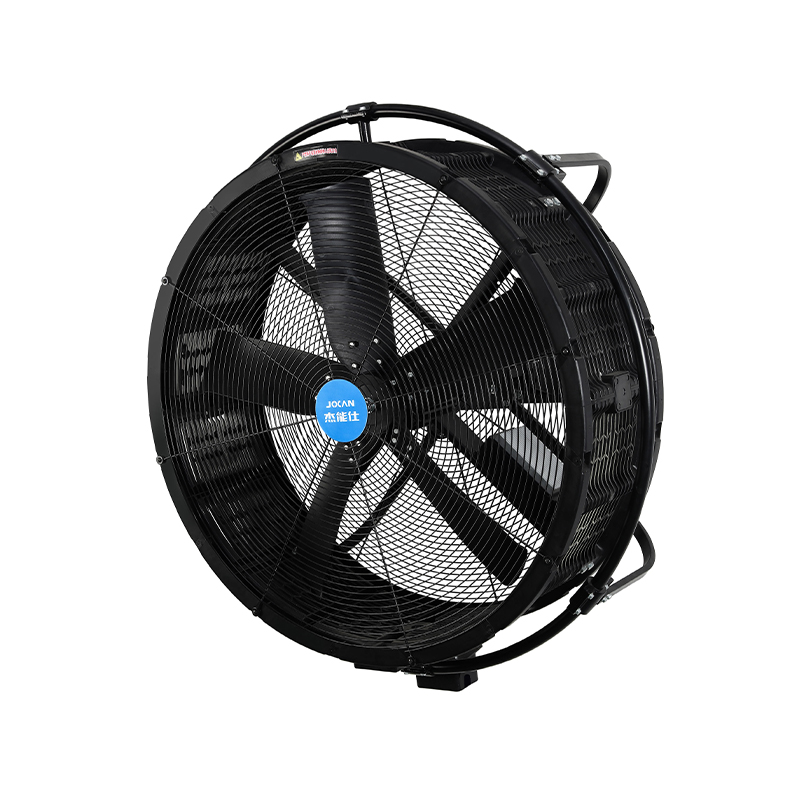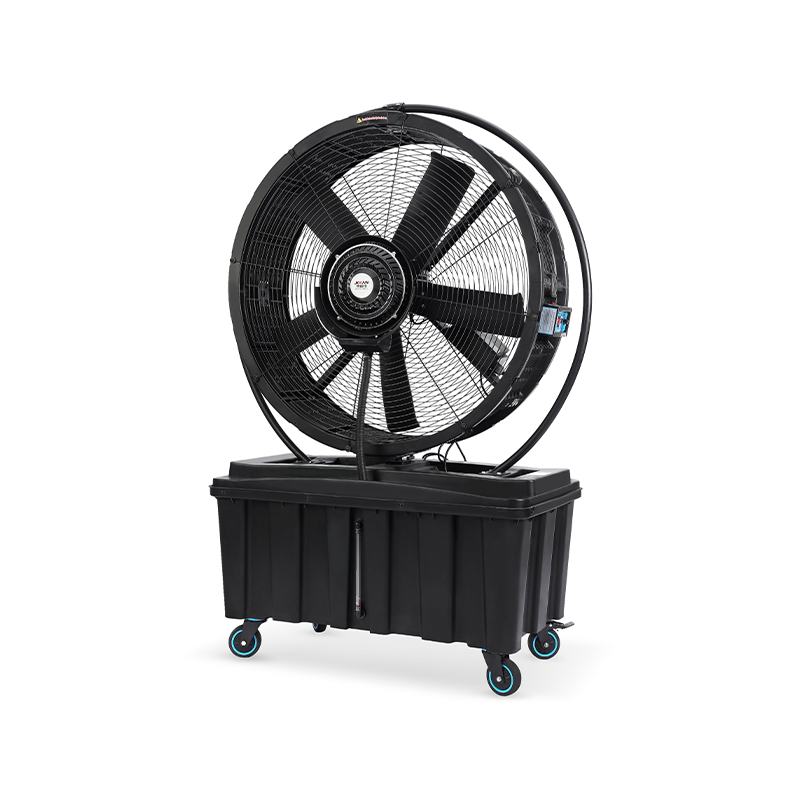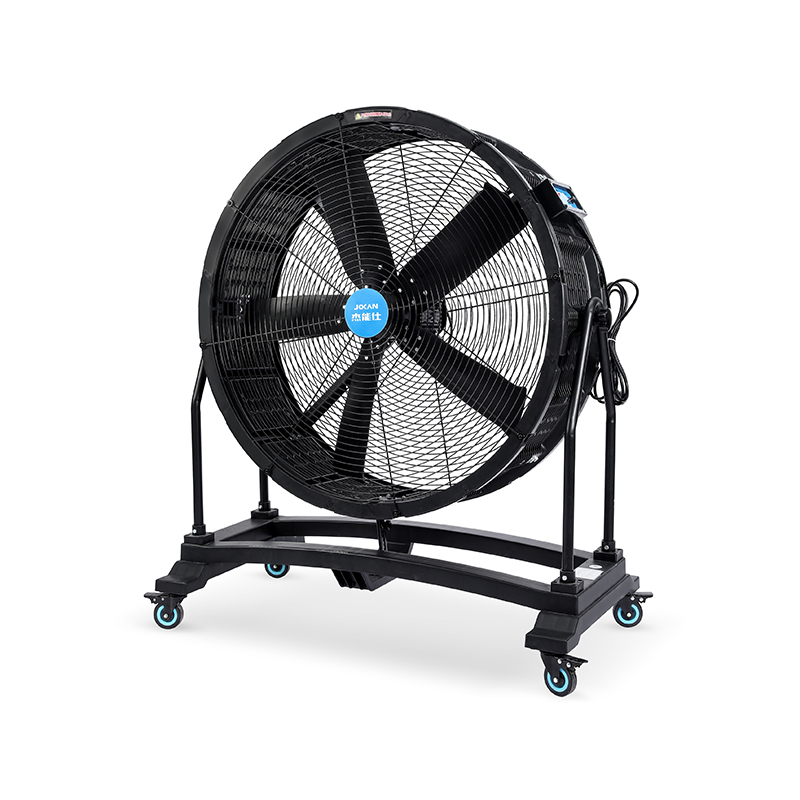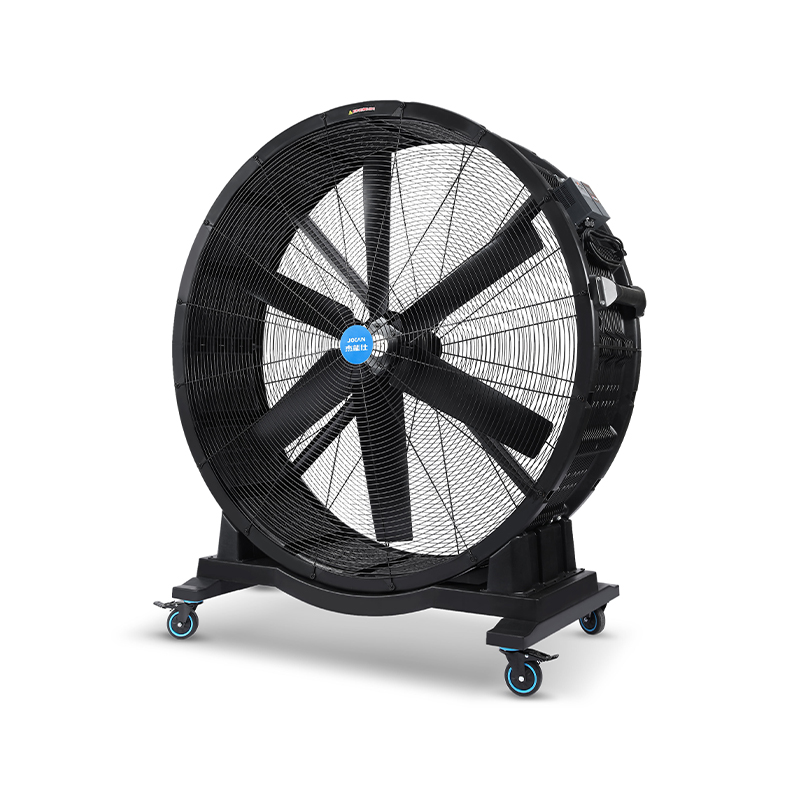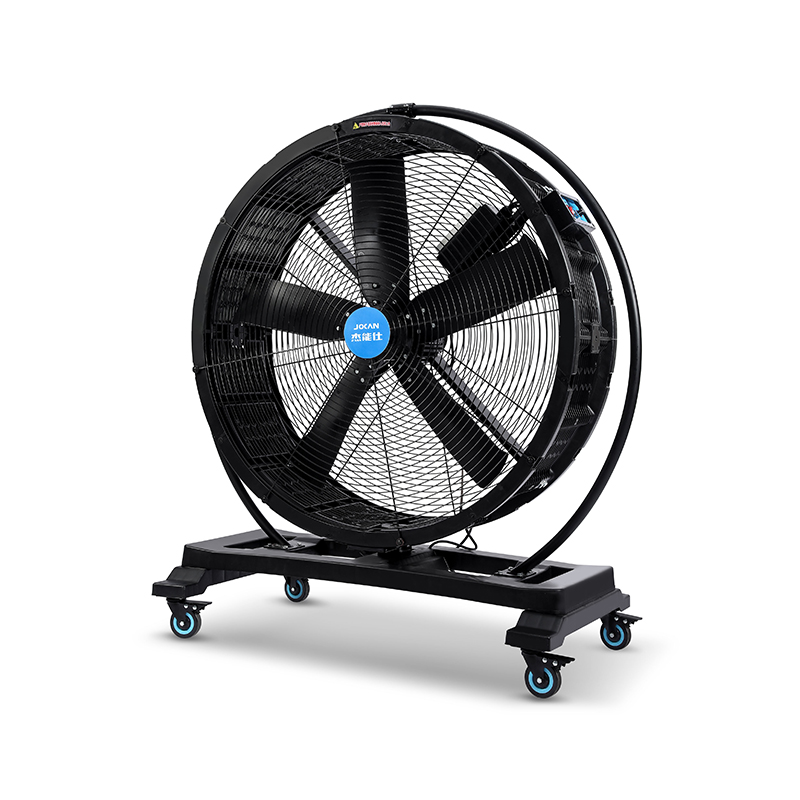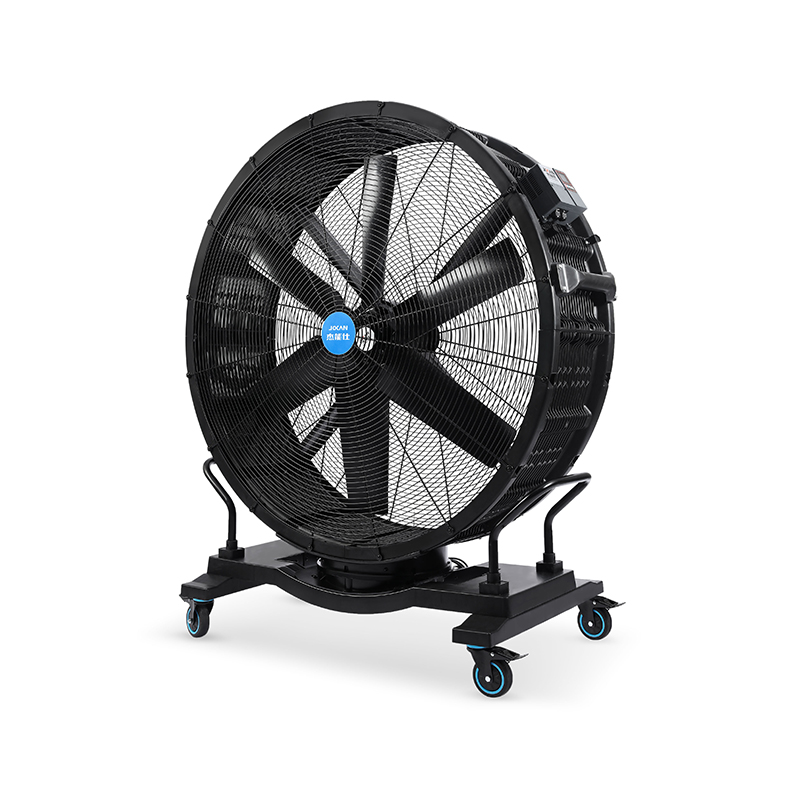Growing awareness of sustainable practices has encouraged both households and businesses to reconsider how energy is consumed in everyday operations. Ventilation systems, often running for long hours, can account for a considerable portion of energy use. An EC fan combined with a fresh air fan provides an approach that not only improves air quality but also supports efforts to reduce carbon emissions. By delivering controlled airflow with reduced power consumption, these systems align with environmentally responsible building practices.
The Role of EC Fan Technology
An EC fan uses an electronically commutated motor that blends the efficiency of direct current operation with the convenience of alternating current power supply. The key advantage lies in its ability to regulate speed precisely, adapting to actual ventilation needs rather than operating continuously at one setting. This ability to adjust performance lowers unnecessary power consumption, reducing the energy demand associated with ventilation. Over time, this contributes directly to lowering carbon output connected to electricity use.
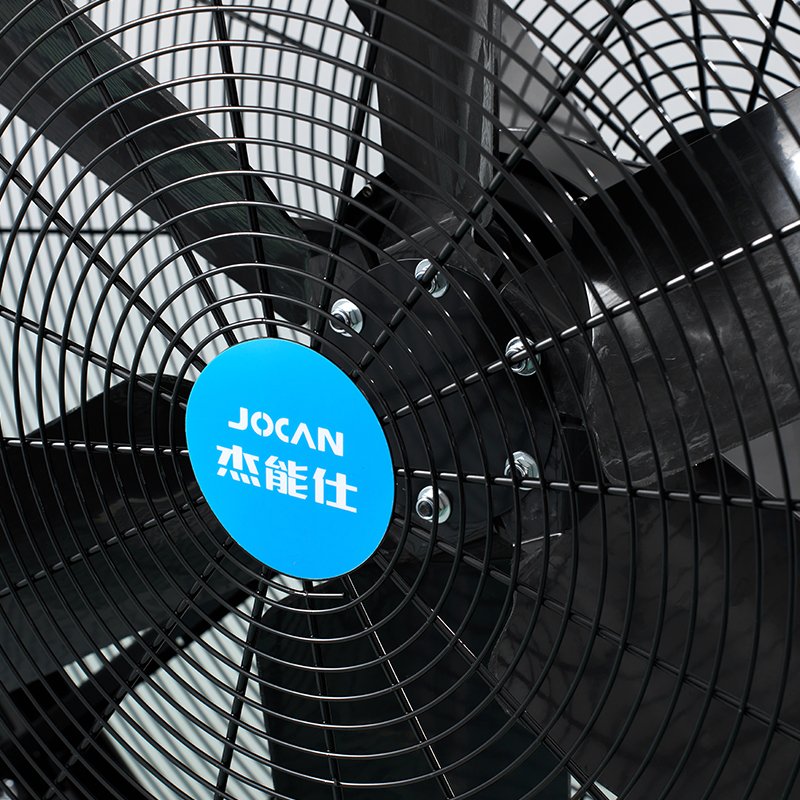
Fresh Air Fan Contribution to Sustainable Spaces
While the EC motor manages energy use, the fresh air fan ensures a continuous supply of outdoor air, replacing stale indoor air that often accumulates in sealed environments. Bringing in fresh air reduces the reliance on mechanical cooling or heating alone, especially during mild weather conditions. By balancing airflow and improving indoor conditions, the system reduces the workload on heating, ventilation, and air conditioning equipment.This not only enhances comfort but also contributes to long-term energy savings.
Reducing Dependence on Traditional HVAC
Traditional ventilation systems often operate without adjustment, running at fixed speeds regardless of occupancy or air quality levels. This results in wasted energy and higher emissions over time. EC fans, however, can be integrated into smart control systems that monitor carbon dioxide levels, humidity, or occupancy, automatically adjusting fan speeds as required. When paired with a fresh air fan, the system maintains air quality while limiting unnecessary energy use, an approach that is consistent with modern sustainable building strategies.
Energy Efficiency and Carbon Reduction
One of the measurable ways EC fans reduce a carbon footprint is through their lower operating wattage compared to conventional motors. For buildings aiming to meet sustainability standards, energy-efficient ventilation equipment is often a requirement. By consuming less electricity, these fans lower the indirect carbon emissions tied to energy generation. The combined effect of reduced demand and consistent airflow makes them valuable for both commercial and residential settings where energy performance is a growing priority.
Practical Applications Across Different Spaces
EC fans and fresh air fans are used in a variety of environments, including offices, schools, healthcare facilities, and residential properties. In offices, they help maintain comfort without excessive air conditioning. In schools, they support a healthier atmosphere for students by improving indoor air quality while controlling energy use. In residential spaces, they reduce moisture buildup and promote circulation, which can also improve building durability. Each application shows how ventilation strategies, when designed with energy efficiency in mind, contribute to reducing overall carbon output.
Installation and System Optimization
The fan must be positioned to provide balanced ventilation without creating drafts or uneven air distribution. Integrating EC fans into existing systems often requires consideration of duct design, control compatibility, and airflow requirements. With correct setup, the system can deliver both energy savings and improved indoor conditions. This highlights the importance of evaluating building layout and ventilation goals before implementation.
Maintenance and Long-term Operation
The energy-saving potential of EC fans is sustained through regular maintenance. Checking filters, cleaning fan blades, and inspecting motor performance ensure that the system continues to operate efficiently. Fresh air fans, which handle outdoor air intake, may require additional cleaning to prevent dust and debris buildup. Well-maintained equipment consumes less energy and operates with greater consistency, further reinforcing its role in lowering a building’s carbon footprint over time.
Supporting Broader Sustainability Goals
Beyond individual buildings, widespread adoption of energy-efficient ventilation systems can contribute to broader carbon reduction efforts. As industries and communities set stricter sustainability targets, equipment like EC fans becomes an important part of practical strategies. By lowering energy use in everyday operations, these fans help organizations and households move closer to meeting environmental goals while still maintaining comfort and functionality.
 Add: Plot 23, Huanglang Industrial Zone, Jinqing Town, Luqiao District, Taizhou City, Zhejiang Province
Add: Plot 23, Huanglang Industrial Zone, Jinqing Town, Luqiao District, Taizhou City, Zhejiang Province
 TEL: +86-13586083215
TEL: +86-13586083215

 English
English English
English عربى
عربى 한국어
한국어


